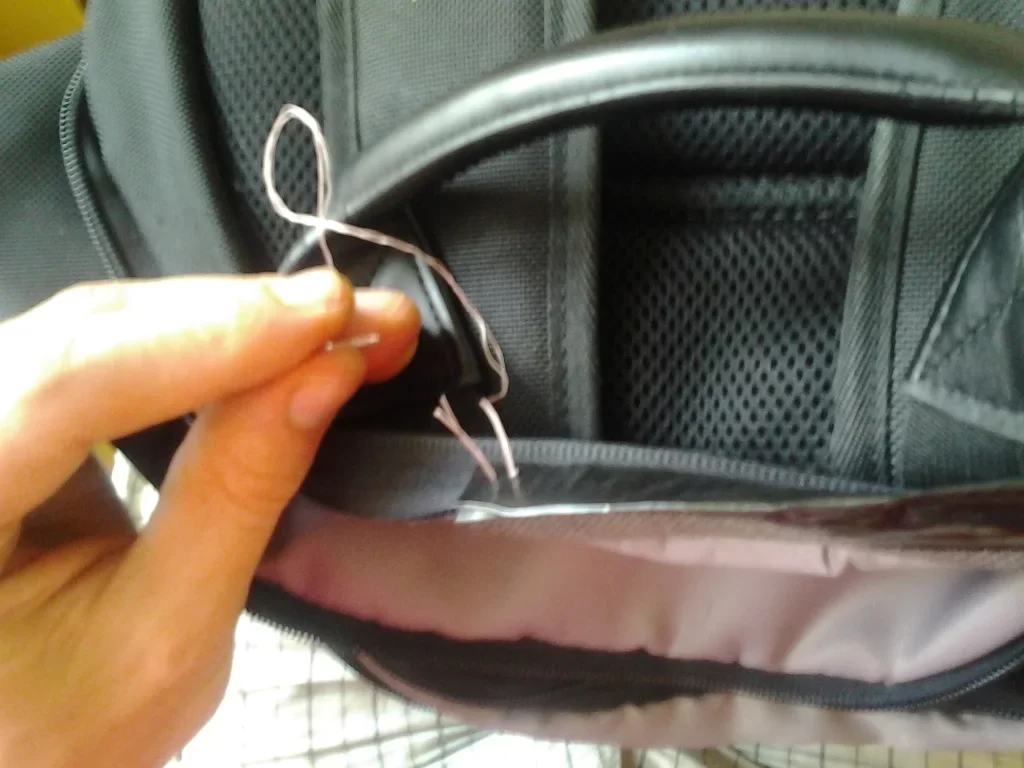Effective Ways to Repair Small Damages in Your Backpack
- Patching Small Tears in Your Backpack
- Securing Broken Straps and Zippers
- Replacing Zippers on Your Backpack
- Backpack Cleaning and Maintenance Tips
Patching Small Tears in Your Backpack
Small tears in your backpack are common, especially if you're using it for hiking or daily commuting. These little rips can grow bigger if not handled promptly, so it's important to act fast. A simple and effective way to fix a tear is by using a fabric patch. You can find patches specifically designed for backpacks, which you can easily apply with adhesive or by sewing. Make sure the patch is slightly larger than the tear, and be sure to smooth it down firmly to avoid air bubbles that could affect its durability.
For a more permanent solution, sewing the tear is often the best option. You don’t need to be a professional seamstress to make this repair—just a needle, some strong thread, and basic stitching skills. Start by reinforcing the edges of the tear with a zigzag stitch to prevent further fraying. Once the tear is stitched, you can cover the stitches with a patch for added protection.
Securing Broken Straps and Zippers
Broken straps and zippers are another common issue with backpacks. If you’ve ever had a strap snap on you mid-hike, you know how frustrating it can be. To fix a broken strap, you can use heavy-duty fabric glue or sew the strap back together with strong nylon thread. If the strap has detached completely, you may need to replace it with a new one, but it’s worth trying to salvage the existing one first, especially if the damage is minor.
As for zippers, they’re a vital component of your backpack’s functionality. If a zipper breaks, you can try to repair it by replacing the zipper slider. This is a relatively easy fix and requires only basic tools—just a pair of pliers and a replacement slider. If the zipper teeth have become misaligned, use a pair of needle-nose pliers to gently realign them. Be cautious not to damage the fabric around the zipper while making the adjustments.
Replacing Zippers on Your Backpack
Sometimes, the zipper on your backpack is beyond repair and needs to be replaced entirely. Luckily, zipper replacements are fairly straightforward if you follow the right steps. First, remove the old zipper carefully using a seam ripper or scissors. Once the zipper is removed, measure the new zipper against the opening to ensure it fits properly. You can sew it in using a sewing machine or by hand, using a sturdy nylon thread. Be sure to reinforce the stitching to prevent the new zipper from coming undone during use.
If you're not comfortable with sewing, consider taking your backpack to a professional repair service. They can quickly and expertly replace the zipper without compromising the integrity of the fabric. Many outdoor gear shops offer zipper replacement services, making it a convenient solution.
Backpack Cleaning and Maintenance Tips
Regular cleaning and maintenance are key to prolonging the life of your backpack. Start by emptying out all the contents and shaking the backpack to remove any debris. Then, use a mild soap and warm water to clean the fabric. Avoid harsh detergents that can damage the material. For stubborn stains, a soft brush or sponge works wonders.
Be sure to clean the zippers and straps as well, as dirt and grime can cause them to malfunction over time. Lubricating the zippers with a silicone-based lubricant can help prevent them from jamming. After washing, allow your backpack to air dry fully before using it again—avoid machine drying to preserve the integrity of the fabric.
If you're looking for high-quality backpack repair materials or are ready to purchase a new, durable backpack that can stand up to the test of time, visit Feima Bags. Their selection of backpacks and repair kits is designed to meet the needs of avid adventurers and daily commuters alike. Explore their collection to find the perfect fit for your lifestyle.















